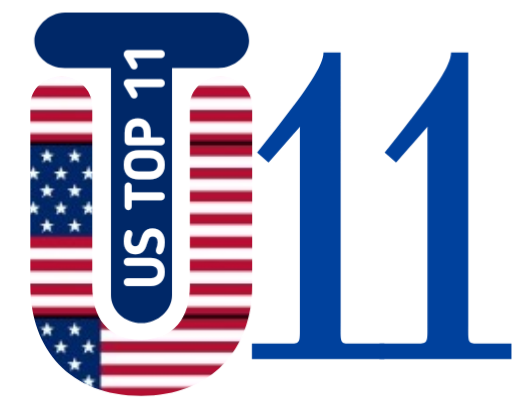Income inequality and poverty are major social issues currently facing the United States government. Despite being one of the wealthiest countries in the world, the US has a high level of income inequality and a significant number of citizens living in poverty.
Income inequality refers to the unequal distribution of wealth and income among individuals and households in a society. In the US, the gap between the wealthy and the poor has been growing for decades. According to data from the World Bank, the top 20% of households in the US earn an average of 14 times more than the bottom 20%. This is one of the highest levels of income inequality among developed countries.
The problem of income inequality is closely linked to poverty. Poverty is defined as the inability to meet basic needs such as food, shelter, and healthcare. According to the US Census Bureau, 12.8% of the US population lived in poverty in 2020, which is around 40 million people. This number has remained relatively unchanged in the past few years, but it is still alarmingly high.
The problem of poverty is particularly acute among certain groups, such as children and minorities. For example, 22% of children in the US live in poverty, and minorities are disproportionately affected, with 25% of African Americans and 18% of Hispanic Americans living in poverty.
There are various reasons why income inequality and poverty are such persistent problems in the US. One reason is the lack of a comprehensive social safety net. In comparison to other developed countries, the US has a relatively weak social welfare system, which means that many people are left to fend for themselves.
Another reason is the lack of a minimum wage. The current federal minimum wage is $7.25 per hour, which is not enough to lift a full-time worker out of poverty.
Another reason is the lack of affordable housing, health care and education, which makes it difficult for low-income individuals and families to improve their economic situation.
The US government has taken some steps to address the problem of income inequality and poverty, such as the Earned Income Tax Credit (EITC) and the Supplemental Nutrition Assistance Program (SNAP). But these efforts have been criticized as being insufficient to solve the problem.
The US government needs to take bold and comprehensive action to address income inequality and poverty, such as increasing the minimum wage, expanding the social safety net, and investing in affordable housing, health care and education. Only by taking such action can we hope to create a more just and equitable society for all.
11 facts about Income Inequality and Poverty
- The income gap between the rich and the poor in the US is the highest it has been in over 50 years.
- In 2020, the top 1% of households in the US earned an average of 81 times more than the bottom 50%.
- The poverty rate in the US has remained relatively unchanged in recent years, with around 12.8% of the population living in poverty in 2020.
- Children and minorities are disproportionately affected by poverty in the US. Nearly 22% of children and 25% of African Americans live in poverty.
- The US has a relatively weak social welfare system compared to other developed countries.
- The federal minimum wage in the US is $7.25 per hour, which is not enough to lift a full-time worker out of poverty.
- The lack of affordable housing is a major factor contributing to poverty in the US.
- The US has the highest healthcare costs among developed countries, which makes it difficult for low-income individuals and families to access healthcare.
- Education is a critical factor in overcoming poverty, yet the US has one of the highest levels of income-based educational inequality among developed countries.
- The US has a high level of income mobility, which means that people can move up the income ladder over time, but the ladder is steeper for those at the bottom.
- Addressing poverty and income inequality will require comprehensive and bold policy changes, such as increasing the minimum wage, expanding the social safety net, and investing in affordable housing, healthcare and education.
